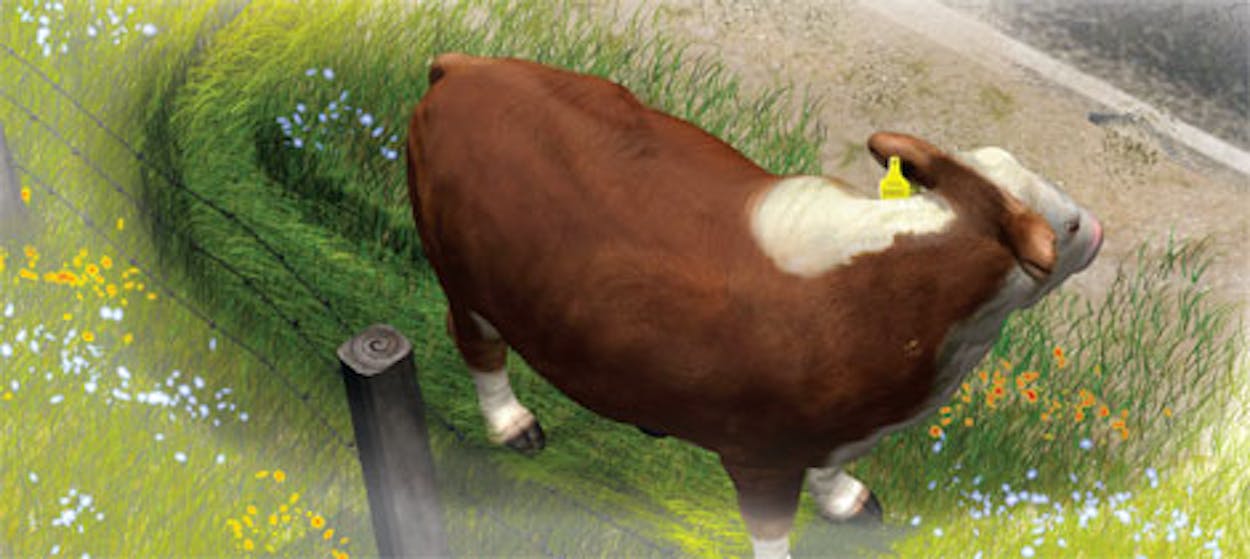After a harrowing skirmish with the Comanche in 1860, Charles Goodnight cut for sign to track down warriors who had escaped. That practice, in which a person searches for people or animals by “cutting,” or studying a section of land for clues, may seem like a lost art of the Old West, but it is still used today. “Ranchers cut for sign to find lost dogs and cattle or to find trespassing animals that could damage their property,” says Brad Guile, who lives near El Paso and used the technique when he was stationed at Fort Bliss. By identifying subtle changes in the landscape, a person can determine where an animal is headed and how old its tracks are. Scour areas where it would be easy to pick up an animal’s trail—dirt roads, riverbanks, and open areas with little vegetation—and look for these indicators.
REGULARITY
A general rule is to look for patterns created by lines, circles, or other marks unique to your animal. TIP: “Think about the traffic in the area,” Guile says. If you are looking for a pony and live near herds of cattle, check the ground for horseshoe marks to find your missing animal.
FLATTENING
When livestock moves across grass or dirt, it compresses the ground, leaving a visible imprint. Determine the animal’s speed and health by examining its prints: running animals leave deep prints with long strides; uneven prints could indicate a limp from an injury. TIP: Fresh prints have sharp edges, while the outlines of older tracks will have degraded over time.
COLOR CHANGE
“As you glance across a field, look for shine, or spots where the sun reflects the ground’s color differently,” Guile says. For example, when an animal tramples grass, it bruises the blades, altering their color. Also, freshly overturned dirt is darker than normal. TIP: You can best observe differences in color when the sign is between you and the sun.
DISTURBANCE
Study the landscape for over-turned rocks, broken fence posts, snapped branches, or any indication that something has been moved from its original position. TIP: Other physical signs to look for are fur tufts on barbed wire or blood trails.








